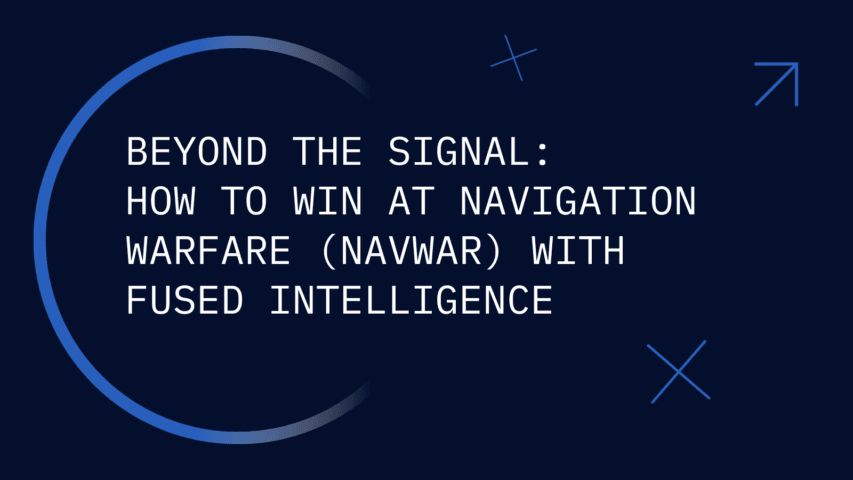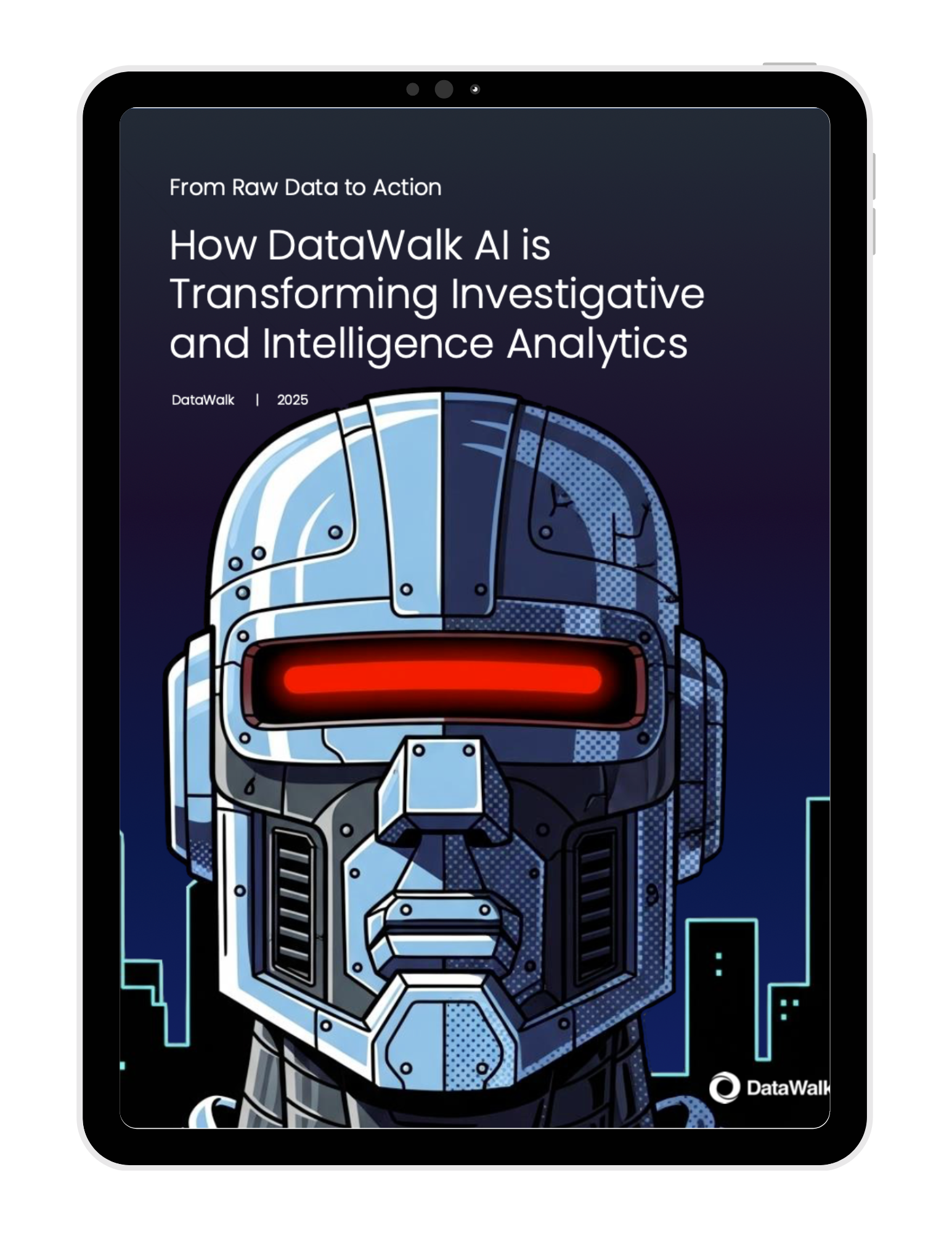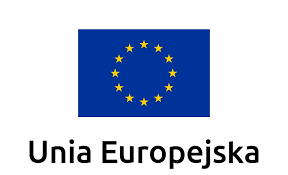
Beyond the Signal:
How to Win at Navigation Warfare (NAVWAR) with Fused Intelligence
The New Battlefield is Navigational
In early 2025, a plane carrying a European Commission president over Bulgaria experienced severe GPS jamming, forcing the pilots to revert to paper maps and traditional navigation. This incident was not a random technical glitch; it was a stark reminder that the invisible signals guiding our world have become a new front in global conflict. This is not a niche technical issue but a direct threat to state leadership, national security, and critical infrastructure.
Global Navigation Satellite Systems (GNSS) are critically vulnerable to intentional jamming and spoofing. These attacks are no longer rare anomalies—they are a core tactic in modern hybrid warfare, used to degrade situational awareness, obscure illicit movements, and disrupt national security operations. Global dependence on GNSS has created a single point of failure that adversaries are actively exploiting.
Traditional methods of threat detection—based on isolated alerts and siloed data—are dangerously insufficient. This article examines why these approaches fail and presents a more effective alternative: transforming fragmented signal data into fused, actionable intelligence that delivers true navigational dominance.
Why Isolated Alerts Aren’t Enough
Relying on device-level warnings or standalone analysis is a failing strategy against coordinated navigational attacks. Such methods offer only a narrow, local view—missing the wider context, coordination, and intent behind an adversary’s activity.
The Silo Effect
Most organizations still analyze threats in isolation. One team monitoring the RF spectrum detects a jamming event. Another maritime intelligence unit notices a vessel going “dark” after disabling its Automatic Identification System (AIS). Meanwhile, a separate analytical team maintains records on the vessel’s ownership network or sanction risk profile. Each works in a different system that doesn’t communicate, so the complete picture of a coordinated hostile operation is never assembled.
The “So What?” Problem
Even when a system successfully flags an anomaly, it typically answers only what is happening—not why, who, or to what end. A flight management system might detect GPS interference, but the pilot gains no insight into whether they are collateral damage or an intentional target. The warning lacks the intelligence context needed for informed action.
From Raw Data to Actionable Intelligence
GNSS signals represent a single data layer—valuable but incomplete. Navigational intelligence emerges only when that signal data is fused with other analytical domains such as GEOINT, SIGINT, and OSINT. The key is to move beyond signal analysis and into fused intelligence: treating GNSS data as one of many inputs within a unified environment that connects disparate sources to reveal intent and coordination.
By integrating GNSS, SAR imagery, AIS feeds, port call databases, open-source intelligence, and internal holdings into a single knowledge graph, analysts can instantly visualize anomalies and identify hidden relationships.
Platforms like DataWalk make this possible through a graph-based architecture that models real-world entities—vessels, companies, people, locations, and events—as connected nodes. Composite AI applies automated reasoning across those connections, surfacing patterns of coordination that would remain invisible in traditional systems.
This accelerates the detect–understand–decide cycle, transforming fragmented sensor data into cohesive, actionable intelligence.
Unmasking “Dark” Vessels and Spoofed Identities
Consider a vessel that ceases AIS transmission in a high-risk area. Using a fused intelligence platform, an analyst can instantly correlate the vessel’s last known location with reports of GNSS jamming and cross-reference those with port authority data.
The analyst can then compare satellite imagery—such as SAR or electro-optical data—with the vessel’s declared dimensions. Even though imagery measurements carry uncertainty (for instance, ±5 meters), fuzzy-matching rules within DataWalk can help verify whether the observed vessel is consistent with the declared ship or if a different vessel is being masked under the same identity.
Further analysis might integrate Mobile Advertising ID (MAID) or communication metadata to assess crew patterns and travel histories, exposing deliberate identity spoofing or a vessel that has been stationary in port while another operates under its callsign.
Exposing Coordinated Activity Around Critical Infrastructure
In another case, analysts may monitor a region containing sensitive undersea cables. Using DataWalk, they can overlay the infrastructure map with real-time AIS data, GNSS interference events, and known ownership records.
When a vessel with suspicious ownership—traced through corporate registries already integrated into the DataWalk knowledge graph—loiters repeatedly near a cable landing site, goes dark during jamming incidents, or appears multiple times in the area alongside a companion vessel, pattern-of-life analysis reveals a coordinated operational behavior.
The platform immediately correlates these behaviors—temporal recurrence, proximity to a point of interest (POI), and multi-vessel activity—turning low-level alerts into a high-confidence indicator of organized reconnaissance or sabotage.
Accelerating Analysis with No-Code Visual Queries
This level of analysis no longer requires specialized data science teams. Analysts can visually query the knowledge graph, using link charts and geospatial filters to connect a vessel to its beneficial owner, operational history, and proximity to known threat events—in seconds.
DataWalk’s no-code environment allows every investigator, regardless of technical background, to perform advanced cross-domain reasoning and accelerate the intelligence cycle tenfold—all while preserving transparency and explainability.
Achieve Navigational Dominance
Navigation warfare is no longer theoretical—it is an operational reality. Reacting to isolated alerts is a losing strategy. The only path to superiority is proactive fusion: combining all available intelligence sources into a coherent picture that reveals not only the attack, but the adversary’s intent, coordination, and capability.
True situational awareness comes not from trusting a single signal, but from verifying it through a rich web of all-source intelligence. With DataWalk’s fused intelligence platform—built on Composite AI and graph reasoning—organizations can transform navigational uncertainty into clear, decisive intelligence.
The result: confident anticipation, understanding, and counteraction of hostile actions across every domain of navigational warfare.

Table of contents
FAQ
Join the next generation of data-driven investigations:
Discover how your team can turn complexity into clarity fast.

Solutions
Product
Partners
Company
Resources
Quick Links



